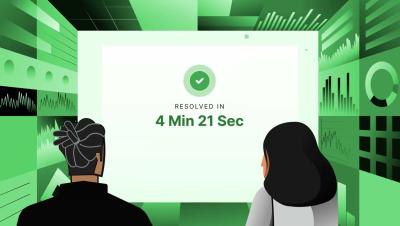Four tips for configuring alerts in Site24x7 network monitoring
Configuring alerts effectively can be the difference between a frictionless IT environment and hours of downtime. Many enterprises struggle with alert fatigue, missed critical incidents, or poorly defined thresholds that leave them scrambling to identify root causes. How can you make sure your team gets the right information at the right time without being overwhelmed?











